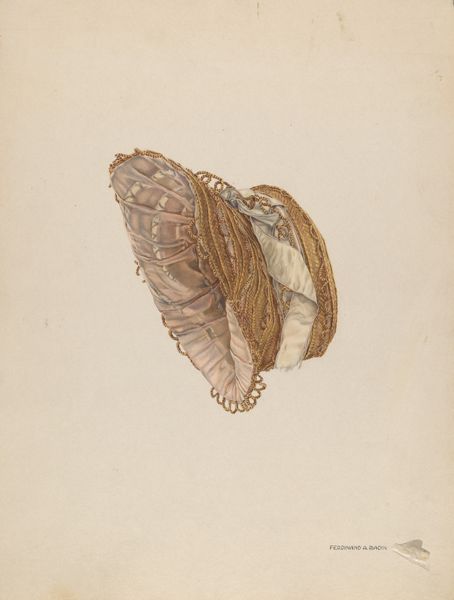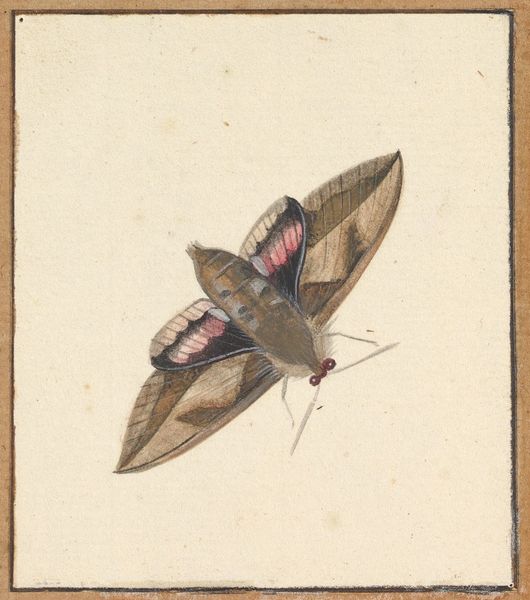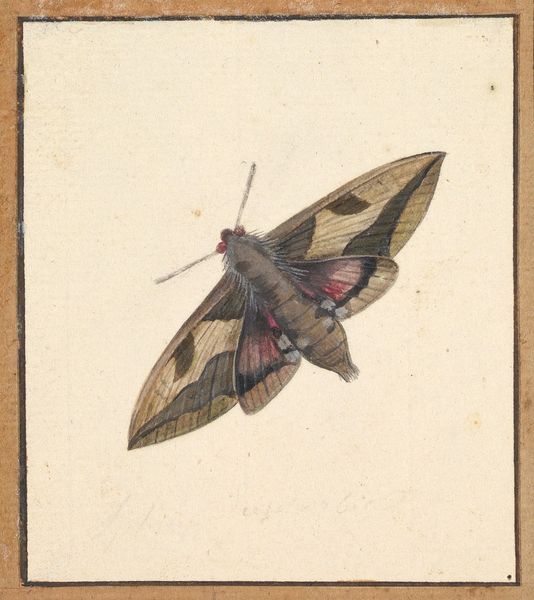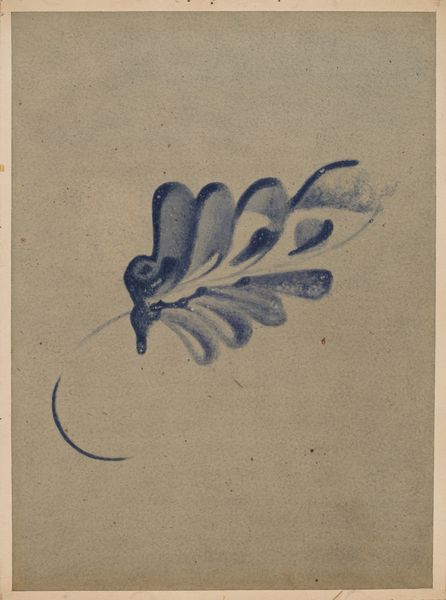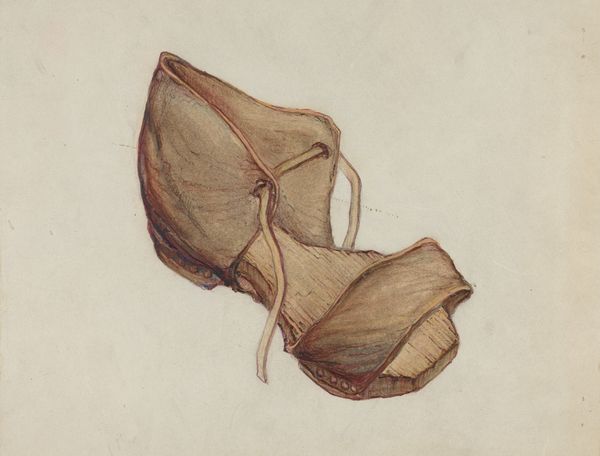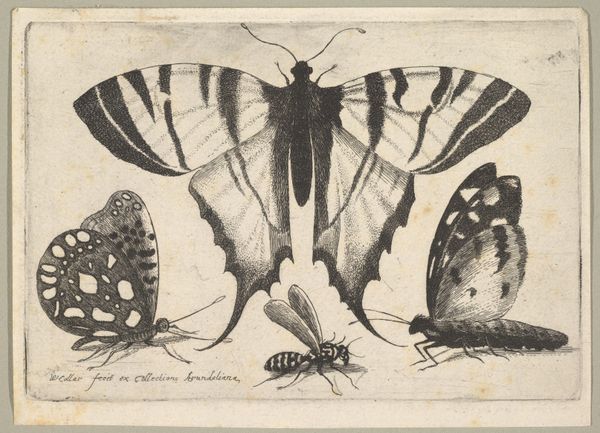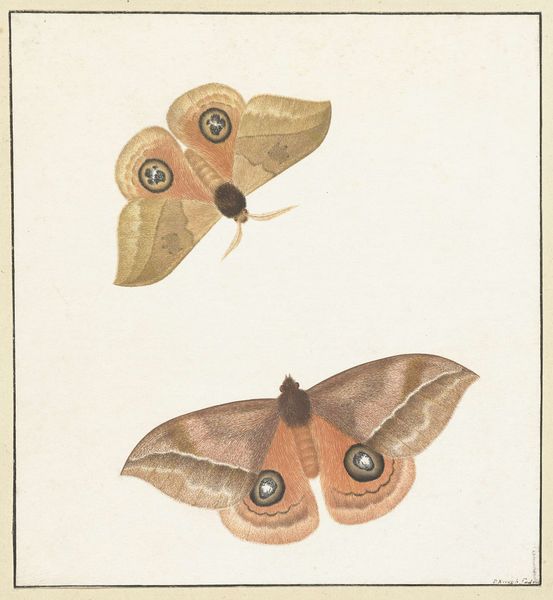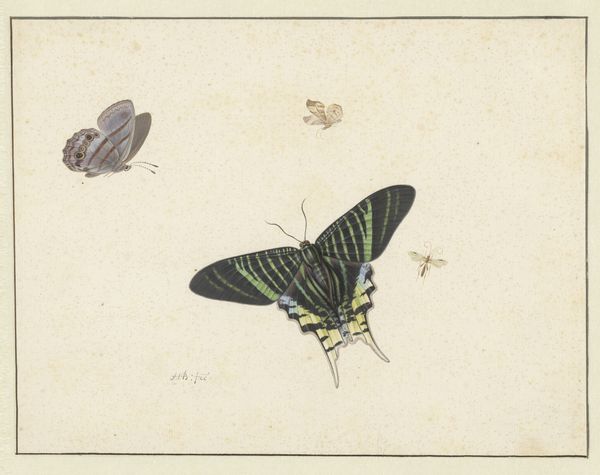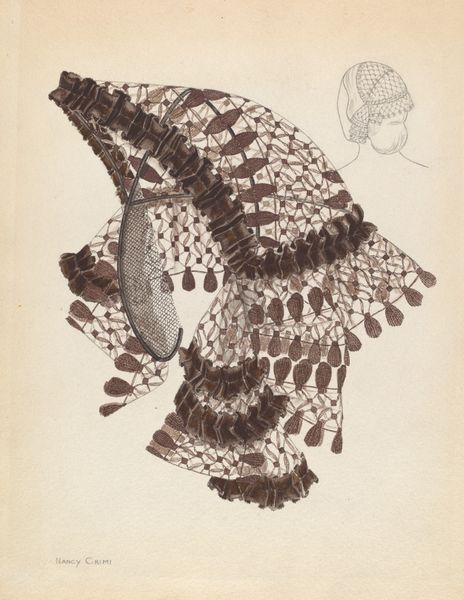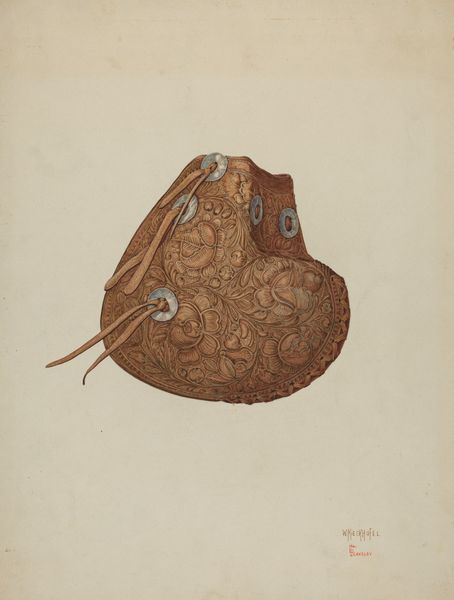
drawing, coloured-pencil, dry-media
#
drawing
#
coloured-pencil
#
dry-media
#
coloured pencil
#
botanical art
Dimensions: sheet: 3 1/8 x 3 9/16 in. (7.9 x 9.1 cm)
Copyright: Public Domain
Editor: This is Nicolaas Struyk's "A Butterfly," created sometime between 1706 and 1769. It's a coloured-pencil drawing, and there's a real delicacy to the lines. What strikes me most is the detail, almost scientific in its precision. What can you tell us about it? Curator: Well, looking at this piece through a historical lens, it's fascinating to consider its place within the Enlightenment. This was a period obsessed with observation, documentation, and classification of the natural world. Do you see how this drawing, with its meticulous detail, serves not just as art but as a record? Editor: I hadn't thought about it that way, but you're right! It's not just a pretty picture, but data. So, how might museums or scientific institutions have used such drawings? Curator: These illustrations played a crucial role in disseminating knowledge. Imagine illustrated books filled with these types of drawings. They became vital visual aids for learning about new species. They circulated widely, contributing to the burgeoning field of natural history, and the public's understanding of the wider world. And because they were beautiful, they contributed to an aesthetic appreciation of nature as well. Editor: It's incredible to think about how something like this was part of shaping public understanding and scientific progress. So, how does this particular drawing reflect the political aspects of image-making? Curator: Consider the act of observation itself. Who had the access, time, and resources to study and record these specimens? The drawing points to the rise of scientific societies, royal patronage, and the power structures that dictated who got to define and disseminate knowledge. The very act of "discovering" and classifying nature had colonial implications, often intertwined with exploration and resource extraction. Editor: That really changes how I see it. It's no longer just a butterfly, but a document loaded with historical context. I never thought I would find myself analyzing a butterfly. Curator: And that is the beautiful challenge of art history; familiar objects can lead to critical social and cultural explorations.
Comments
No comments
Be the first to comment and join the conversation on the ultimate creative platform.

